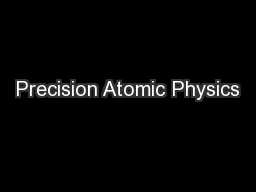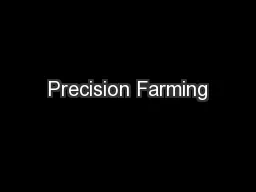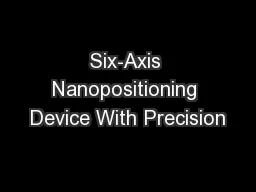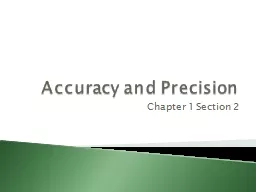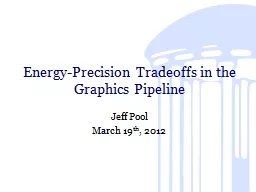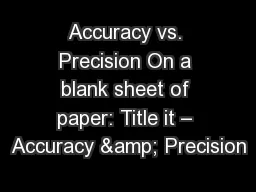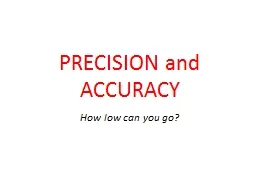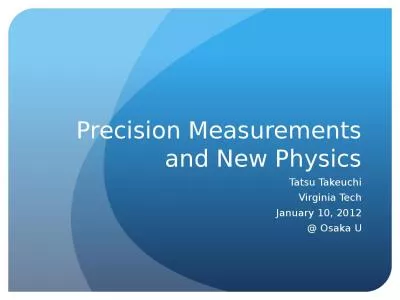PPT-Precision Atomic Physics
Author : marina-yarberry | Published Date : 2017-05-24
in the Solar Interior Menahem Krief Alexander Feigel Doron Gazit The Racah Institute of Physics The Hebrew University May 24 2016 M KriefPSAS 1 Outline Radiative
Presentation Embed Code
Download Presentation
Download Presentation The PPT/PDF document "Precision Atomic Physics" is the property of its rightful owner. Permission is granted to download and print the materials on this website for personal, non-commercial use only, and to display it on your personal computer provided you do not modify the materials and that you retain all copyright notices contained in the materials. By downloading content from our website, you accept the terms of this agreement.
Precision Atomic Physics: Transcript
Download Rules Of Document
"Precision Atomic Physics"The content belongs to its owner. You may download and print it for personal use, without modification, and keep all copyright notices. By downloading, you agree to these terms.
Related Documents

